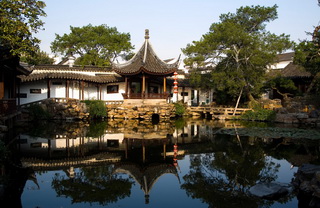
Home China Tours
China Tours Tibet Tours
Tibet Tours China Theme Tours
China Theme Tours Off The Beaten Track
Off The Beaten Track Yangtze Cruises
Yangtze Cruises China Trip Planner
China Trip Planner Travel Agents
Travel Agents
 China Tours
China Tours Tibet Tours
Tibet Tours China Theme Tours
China Theme Tours Off The Beaten Track
Off The Beaten Track Yangtze Cruises
Yangtze Cruises China Trip Planner
China Trip Planner Travel Agents
Travel Agents
Home | China Tours | Tibet Tours | China Theme Tours | Off The Beaten Track | Yangtze Cruises
China Trip Planner | Travel Agents | About Us | Why Us | Contact Us | How to Pay | How to Book - Terms & Conditions | Site Map
China Trip Planner | Travel Agents | About Us | Why Us | Contact Us | How to Pay | How to Book - Terms & Conditions | Site Map
Splendid China Tours, Professional China Travel Agency and China Tour Operator
Copyright © 2010 - 2030 All Rights Reserved.
Copyright © 2010 - 2030 All Rights Reserved.


 0086-28-85711328
0086-28-85711328 0086-28-85546015
0086-28-85546015





 Lying by Taihu Lake, Suzhou, a city close to Shanghai, is one if the excellent tourist destination cities in China. The fertile waterside land south of the Yangtze River, and the time-honored Wu culture have made Suzhou become a flourishing, pretty and elegant city of over 1,000 years.
Lying by Taihu Lake, Suzhou, a city close to Shanghai, is one if the excellent tourist destination cities in China. The fertile waterside land south of the Yangtze River, and the time-honored Wu culture have made Suzhou become a flourishing, pretty and elegant city of over 1,000 years.